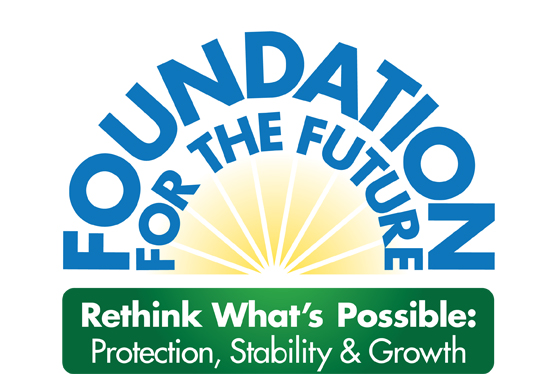 ARLINGTON, VA – The new legislative draft of National Milk Producers Federation’s (NMPF) Foundation for the Future program adheres closely to two key principles: that it be national in scope, and apply equally to all producers, the organization said today.
ARLINGTON, VA – The new legislative draft of National Milk Producers Federation’s (NMPF) Foundation for the Future program adheres closely to two key principles: that it be national in scope, and apply equally to all producers, the organization said today.
Those key objectives were established two years ago when NMPF Chairman Randy Mooney, a dairy farmer from Rogersville, MO, formed a task force to examine how best to improve dairy policy.
“The task force had to generate policies that were national in scope, meaning that because they would apply to all dairy farms across the country, they must treat all regions equitably – and any policy changes must not discriminate among producers in any way, especially with respect to the size of their farms,” Mooney said. The Foundation for the Future (FFTF) package “follows those principles because it treats each producer fairly and equally.”
As a result of volume caps, current dairy safety net programs contain a major shortcoming in that they do not protect the majority of U.S. milk production, leaving large segments of the industry exposed to the inherent, unique financial risks associated with dairy farming. This exposure threatens not only dairy farmers, but also American consumers by undermining the ongoing ability of producers to produce a reliable supply of nutritious, wholesome, and affordable dairy products, according to Mooney.
FFTF’s Dairy Producer Margin Protection Program (DPMPP) guards against the economic hardship resulting from poor margins caused by low milk prices and high feed costs, and provides for a basic level of no-cost insurance coverage for all producers (and a larger share of the U.S. milk supply). It also incorporates an additional measure of risk management for those producers looking for supplemental protection – but largely at their own cost. In addition, by allowing farmers of all sizes to choose their own level of supplemental margin protection, the DPMPP gives smaller producers access to a form of self-directed risk management that previously had been unavailable to them.
For the same reason of fairness, Mooney said that NMPF rejected any consideration in its DPMPP of adjustments to feed costs that would contain regional considerations or biases. DPMPP also places no limitations on individual producers’ ability to participate in the program as a result of their production volume.
“NMPF recognizes that just as farmers of all sizes, and in all regions, contribute equally to the dairy promotion and research checkoff (fifteen cents for every hundred pounds of milk produced), they should also share equally in the benefits of sensible dairy policy reform,” Mooney said.
Another member of the NMPF task force that created the Dairy Producer Margin Protection Plan said that while each farm has different feed costs, those differences are minimal when margins are greatly compressed, as they were in 2009.
Ken Nobis, a producer from St. Johns, MI, noted that “while operational costs will always differ among producers – even within states or local regions – these differences should have no bearing in the establishment of a safety net provided by the federal government. The Dairy Producer Margin Protection Program and the other elements of Foundation for the Future recognize this, and were designed to be available to all without bias.”
To learn more about Foundation for the Future, including the Dairy Producer Margin Protection Program and the Dairy Market Stabilization Program, visit www.futurefordairy.com.
The National Milk Producers Federation, based in Arlington, VA, develops and carries out policies that advance the well being of dairy producers and the cooperatives they own. The members of NMPF’s 31 cooperatives produce the majority of the U.S. milk supply, making NMPF the voice of more than 40,000 dairy producers on Capitol Hill and with government agencies.

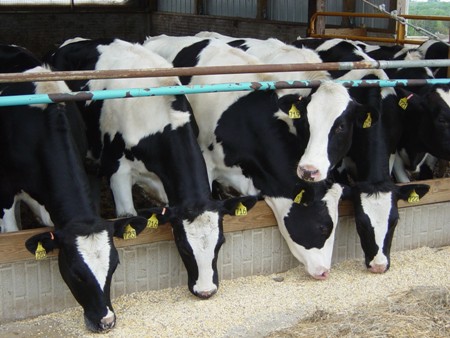 ARLINGTON, VA – “The National Milk Producers Federation has long supported a mandatory, national animal identification and traceability system as a means of safeguarding the health of the nation’s livestock. However, the U.S. Department of Agriculture (USDA) has struggled for years to create a national system that would permit 48-hour traceback and rely on currently-available technology, such as RFID tags.
ARLINGTON, VA – “The National Milk Producers Federation has long supported a mandatory, national animal identification and traceability system as a means of safeguarding the health of the nation’s livestock. However, the U.S. Department of Agriculture (USDA) has struggled for years to create a national system that would permit 48-hour traceback and rely on currently-available technology, such as RFID tags.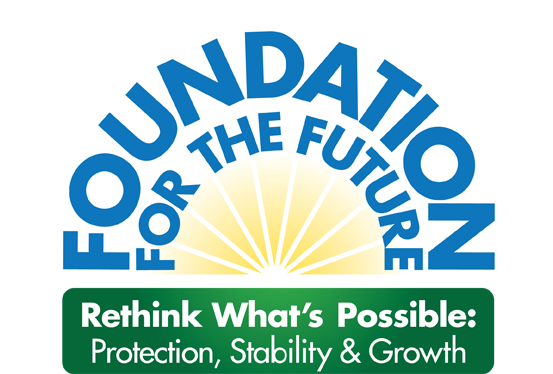 Commentary from Jerry Kozak, President and CEO of NMPF
Commentary from Jerry Kozak, President and CEO of NMPF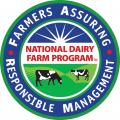


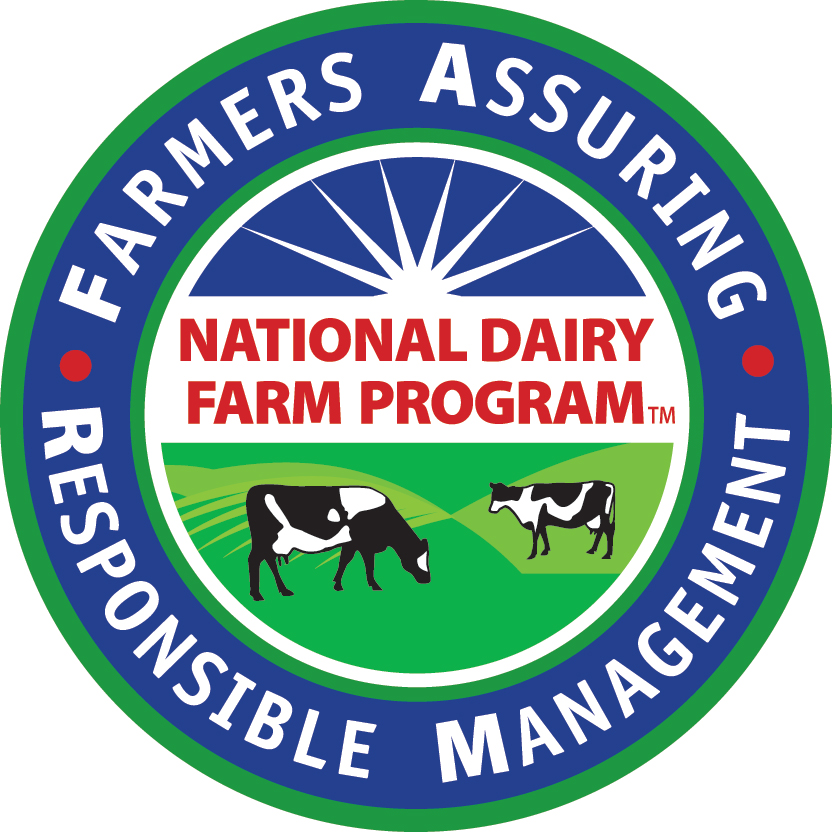 Nearly 50 Percent of Milk Supply Now Under FARM Umbrella
Nearly 50 Percent of Milk Supply Now Under FARM Umbrella



